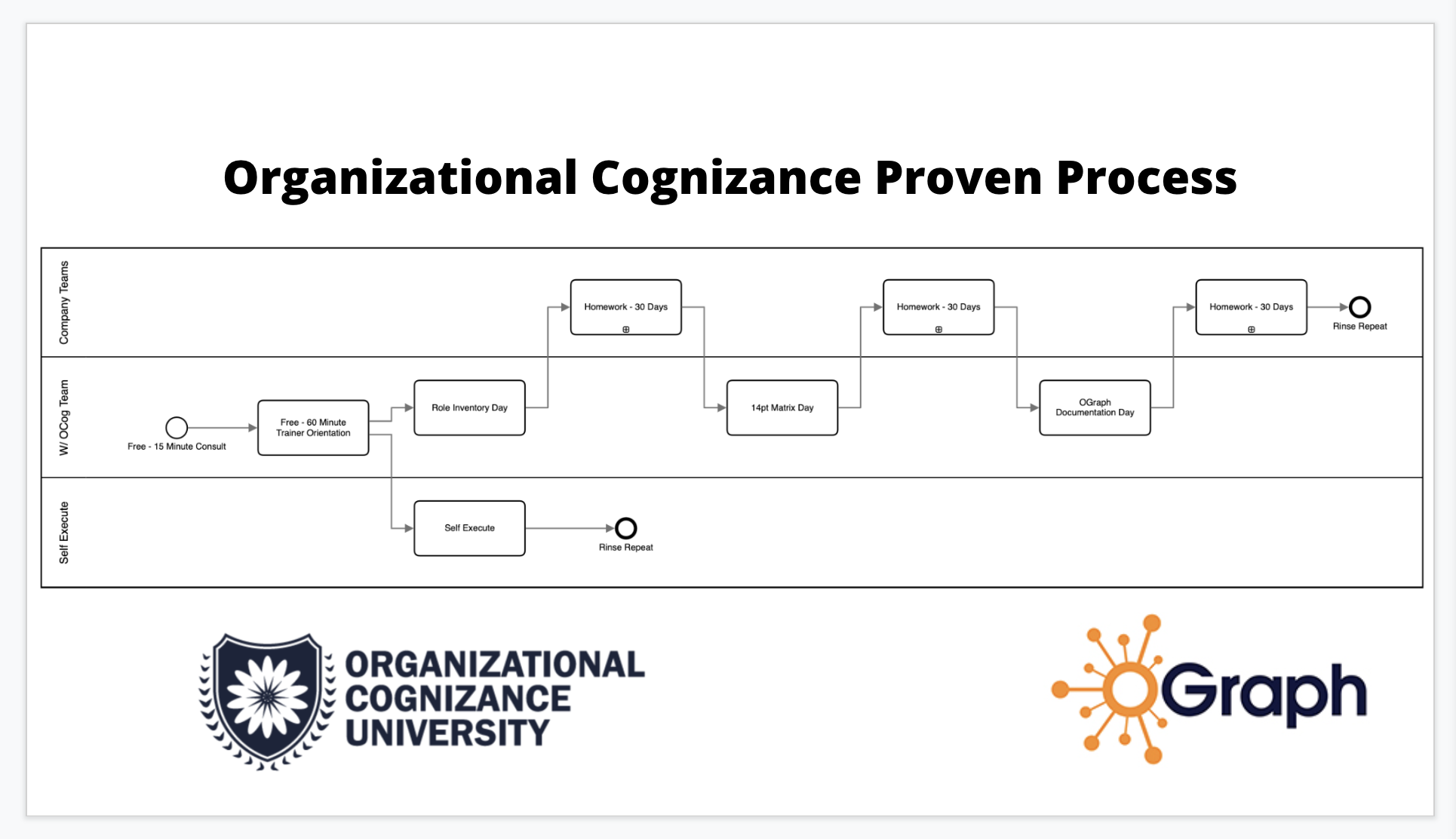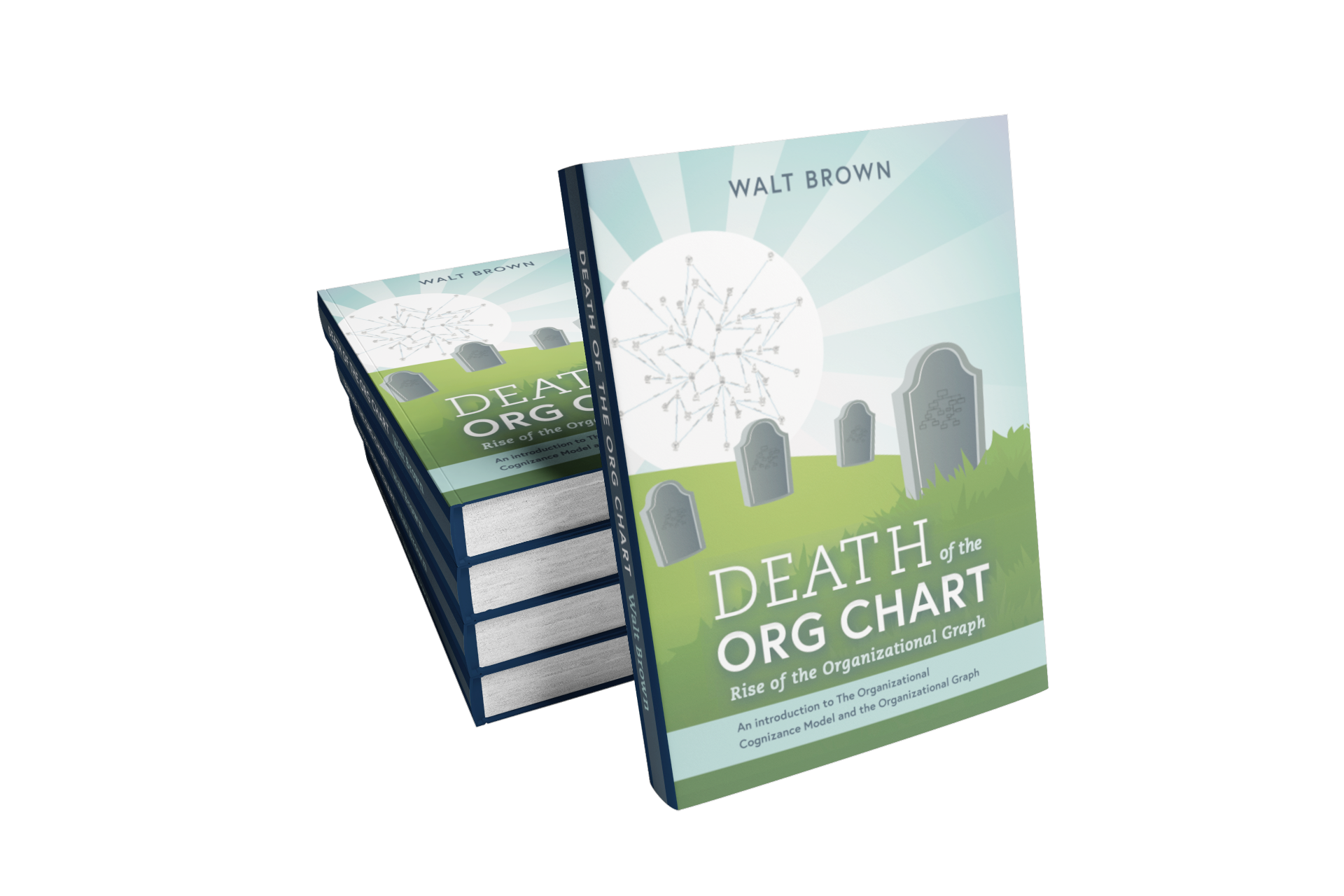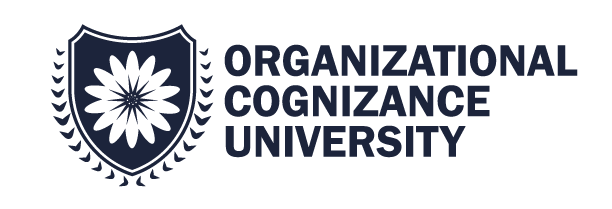Org Charts to Org Graphs
Millennials and Gen Zs will drive the (re)volution
By: Marion Brown Esq. – UNC Econ, UNC Law – [Millennial] & Jane Williams Gower – Princeton – Chemical and Biological Engineering – [Generation Z]
Millennials and Gen Zs will drive the evolution of Org Charts to Org Graphs.
As with most things, technology has changed the status quo, has changed our expectations. It is the same with the Org Charts – an analogue – static – two dimensional tool in a digital – multi dimensional – evolving – meta world.
We Millennials and Gen Zs are driving the demand for more consistency and clarity when it comes to our Jobs and Roles and we know technology will play an important part. In recent surveys, positive responses to questions like the following are coming back with poor results.
“I understand and embrace what I am accountable for;
I have the tools to do my Job well;
In the last 7 days someone has given me feedback on my job,
In the last 6 months someone has talked to me about my development.
I know how I am measured,
I know how I am heard,
I know how I am developed…”
etc.
Positive answers to these questions have been going down, becoming weak – correlating to poor employee engagement and poor retention. These results are echoed in the conversations we are having with our peers about their work.
We Gen Zs and Millennials are self-serve – if we have a question, we run a query, we ask “Google”, we watch videos on YouTube. Why is it that we cannot do this within our own Organization, where we work? We want to know.
Back in the teens, via focus groups and surveys the teams at 7Q7P discovered the weakening survey trends sighted above and dug in to discover what is was that “fresh thinkers” aka. Millennials and then Gen Zs were searching for.
The answer was not one thing, not one singularity, but it also was not rocket science. It turns out it was just a simple rubric, a list of 14 common sense things, 14 basic human needs, what everyone wants to know about their Job and Roles, about how they fit into an organization, how to do their jobs the best they can. We knew what we wanted answers to, we just wanted to be able to search for it and have the answers, for it to be self-serve.
In our job / role rubric we want to know:
The Purpose of our Job
The Purpose of the Roles we play as part of our Job.
We want to know exactly who our Boss is – who we report to from our Job.
We want to know exactly who to turn to for Coaching when we need help in our Roles.
We want to know what Teams we are part of.
We want to know what Meetings we are attending.
We want to know what Relationships we are assigned to maintain with “entities” internal and external.
We want to know what SOPs, Policies, Procedures etc. we are to follow from our Roles.
We want to know if these SOPs, Procedures tie into the organization’s Core Processes so we understand the handoffs and interdependencies.
We want to know what systems we will be logging into and how they work to support our Job and Roles.
We want to know the overall Objective of our Job and how this ties to the organization’s objectives.
We want to know the Key Results we are to deliver from our Roles and we want to understand how these Key Results support our Job and Organizational Objectives.
We want clearly defined Mentor / Mentee relationships, if our Organizations says: “We have a mentoring program” we demand that it be formal.
We want to be able to see the faces of people we work which is an obvious but an important final point.
Are you seeing the organizational network we are describing? We want to be able to research, see and get to the answers to these 14 things and we want to understand how it works together. What we know is this, the Org Chart and dated Job Description are not the solution, nor are excel sheets, or a shared files or our HRIS system. There needs to be a better way to capture, store, access and visualize the network and this data.
The solution was delivered by fellow millennial and data wonk Elias Hicks – Princeton 12 – who built out the first Organizational Graph using Neo4J – showed it to fellow Millennials who loved it and then this ended up with 7Q7P partnering with the Graph Visualization experts at Tom Sawyer to configure their Perspectives product into the software solution https://OGraph.io
7Q7P calls the grouping of these 14 Points – The Organizational Cognizance® Model – It is expanded in the Book: Death of the Org Chart: Rise of the Organizational Graph.
If you are having trouble attracting, engaging and retaining talent, especially Millennials – consider investing in the upfront work to establish the answers to the 14 Points of the Organizational Cognizance® Model and then capture and share them using an Org Graph.
Bonus: This will become self-maintaining. Like Wikipedia, the data in your Org Graph will be constantly improved and updated by the people using it, your Millennials and Gen Zs as they search for and improve the answers.
The folks at 7Q7P and OGraph have it figured out.
We are not waiting, why are you?

Above is the OCog Proven Process. An outline of the steps you can take. First two steps free.
Modern day organizations are more complex than your org chart or employee directory can handle. You need more, OCM is your cognizance framework to vanquish this complexity, OGraph automates your work.
Cognizance: When an individual can understand and embrace these 14 things about their job, they become organizationally aware. When they can visualize these 14 points with an Org Graph, they become organizationally cognizant.
“Awareness is when you smell smoke, cognizance is when you know the smoke you smell is the smoke from the cozy fireplace in the den vs an electrical fire in the wall.” Walt Brown, OCM Creator, OGraph founder




Recent Comments